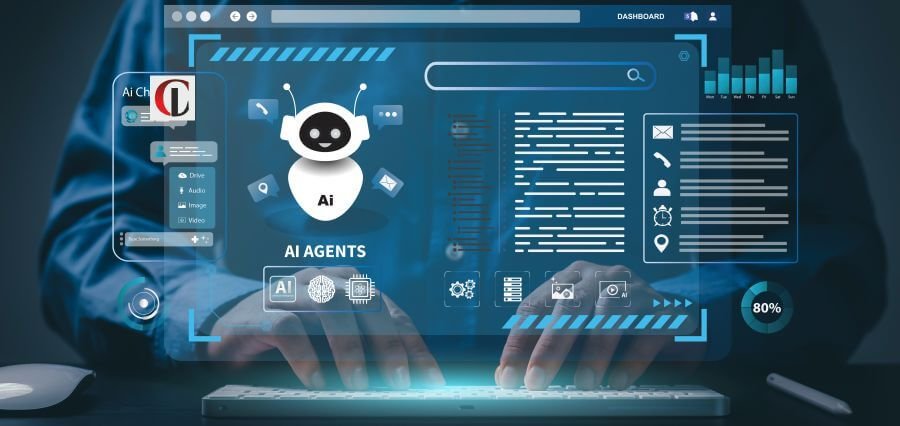Artificial intelligence (AI) is revolutionizing the learning and teaching landscape through its application in schools. With the evolution of technology, AI-based learning tools have also evolved, offering learners customized, efficient, and engaging learning spaces. Apart from complementing traditional classroom learning, the tools also make learners independent learners. Through the incorporation of AI, teachers and institutions can design more inclusive and responsive learning environments that adapt to learners’ diversity. Artificial intelligence learning is a reality and not a fantasy to be seen only in schools and higher learning institutions worldwide. Intelligent tutoring systems and adaptive testing to AI-enabled content creation and learning analytics are all technologies whose aim is to enhance student performance. Since the digital natives are increasingly getting accustomed to smart technologies, integrating AI in their learning makes it more natural, engaging, and efficient.
Proposal for Personalized Learning Experience
Perhaps the greatest advantage of AI-facilitated learning solutions is that it has the potential to provide personalized learning experiences. Unlike conventional teaching approaches, which are more like a one-size-fits-all approach, AI can read individual students’ data—learning speed, strengths, weaknesses, and interests—to tailor accordingly. Platforms like Khan Academy, Duolingo, and Squirrel AI use adaptive technologies that change lesson plans in the moment so the student is receiving material not too easy or too hard. The personalization relates to the student, encourages the student, and enables the new, nuanced concepts to be more easily absorbed. AI can also provide feedback and support in real time such that the student can learn according to his or her own speed without even waiting for the instructor to respond.
For instance, intelligent tutoring systems like Carnegie Learning’s MATHia replicate the assistance of a tutor, giving cues, explanation, and encouragement to students as they work through exercises. These systems are capable of identifying learning gaps early on and recommending remedial content, reducing frustration and increasing learner confidence. Students not only score better in academics but also assume greater responsibility for their own learning experience as well. The personalization offered by AI goes much beyond academic content, as well. Emotional intelligence code is capable of determining the mood and engagement level of a student and enabling tools to tailor the tone, level of difficulty, or rate of content presentation.
Facilitating Learning to be More Accessible and Inclusive
AI technology can also make learning more inclusive and accessible. Learning can be difficult for disabled students or ones that have language problems in the traditional classroom. AI technology bridges such gaps by integrating capabilities like speech-to-text, text-to-speech, language translation, and image recognition. Tools like Microsoft’s Immersive Reader and Google’s Read & Write provide adaptive assistive technology, enabling dyslexic, ADHD, or visually impaired students to enjoy better reading and learning material access.
Apart from that, AI also supports teachers in identifying and assisting students who are struggling more effectively. Learning analytics software can track performance and behavior metrics and identify trends that are likely to indicate disengagement or learning challenges. Early evidence-based intervention is enabled by which teachers can provide support at the right time, either through individualized learning plans or individual support. This proactive approach not only supports improved academic outcomes but also fosters a more just climate in which all students can flourish irrespective of learning difficulties or backgrounds. AI also brings quality learning to remote and disadvantaged communities. Where there is insufficient instructors or poor infrastructure threatening learning, AI technology can serve as virtual classrooms and teaching staff and give students a chance to access learning.
Enabling Independent and Lifelong Learning
AI technology empowers self-directed learners, acquiring vital skills that transcend the classroom. AI-facilitated education tools and apps allow students to study their chosen topics, hone their talent, and track their progress independently of ongoing surveillance. Self-directed learning is the key competence in the present-day knowledge economy. Quizlet, Coursera, and edX use AI to suggest subjects and study material so that learners can browse vast digital repositories with minimal effort.
With improving technology and new qualifications emerging, AI-powered tools can help people upskill and reskill on an adaptive and customized level. For example, artificial intelligence-powered career guidance tools identify users’ abilities and recommend areas of study that align with their professional goals. With it, AI enables the development of responsive, educated learners to keep up with changing needs and gain potential benefits throughout their life cycle. AI helps develop soft skills such as problem-solving, digital literacy, and time management by guiding the learners through assignments, suggesting good study habits, and encouraging reflective practice.
Conclusion
The application of AI-powered learning technologies is a paradigm shift in the delivery and experience of education. AI-powered learning technologies personalize learning, provide equitable access, and center learning around the learner, rendering education more efficient and inclusive for every learner. Through the customization of instruction to learners, support for multiple learners, and fostering life-long learning potential, AI could transform learning results globally. But it is absolutely vital to ensure AI integration with foresight and ethical responsibility. Data privacy, algorithmic fairness, and equal access are concerns that must be taken on so that AI works for every student, not merely an advantaged subset of students. Teachers, policymakers, and technologists must work together to make systems fair, transparent, and grounded in pedagogy.
Read More – What is Brainwave Entrainment and Its Benefits in The Corporate World

